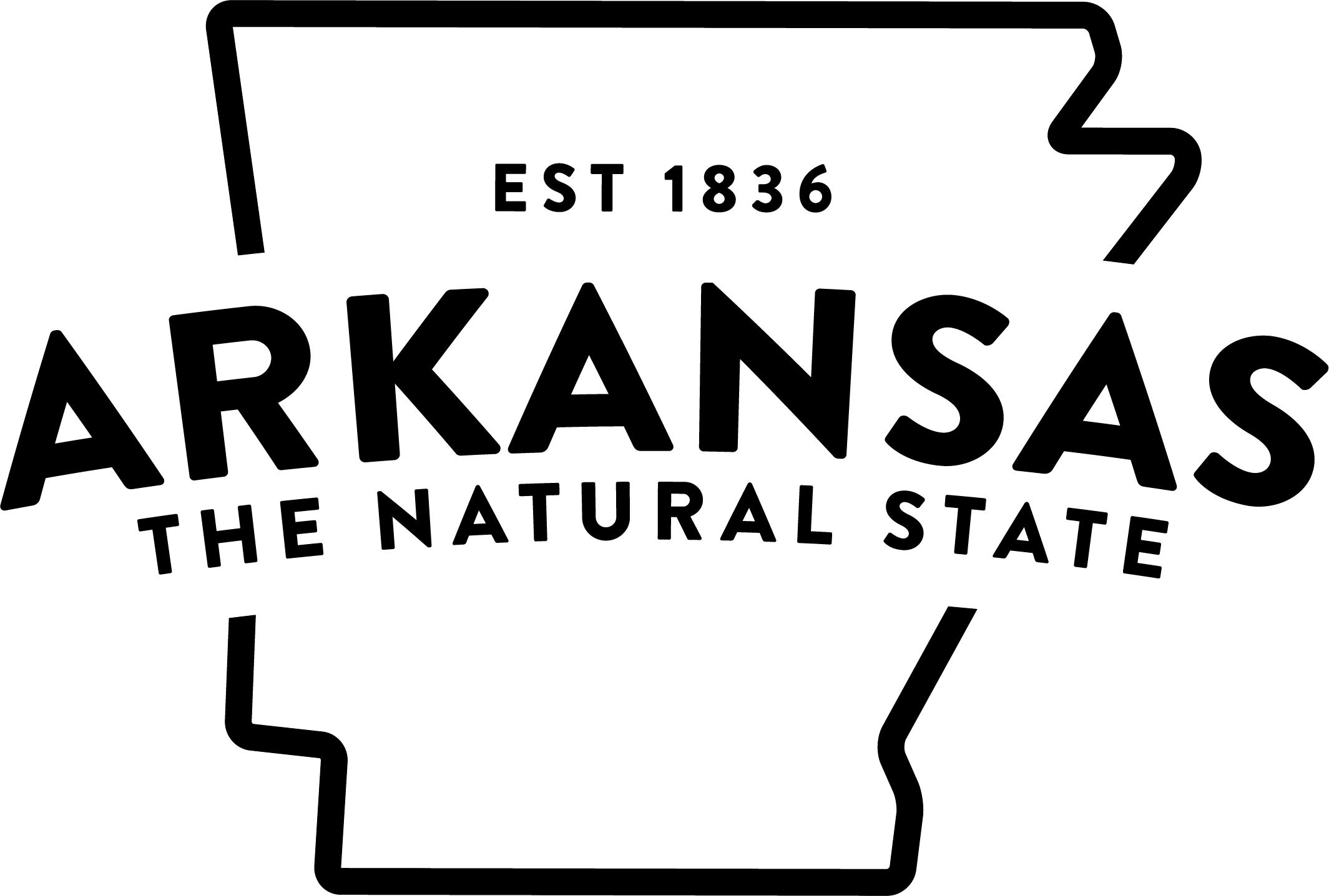Historic Home/Medical Clinic Saved as Forrest City Museum
Historic Home/Medical Clinic Saved as Forrest City Museum
By Craig Ogilvie, travel writer
Arkansas Tourism
When Dr. J.O. Rush built his home at Forrest City in 1906, he included wide hallways and oversized doorways on the first floor. He knew in advance that his residence would be accommodating emergency stretchers and hospital beds. However, Dr. Rush didn't know that almost a century later those spacious hallways would be helpful in displaying artifacts in the St. Francis County Museum, which occupied the site in May, 1999.
The placement of the home/clinic at 603 Front Street, some 50 yards from the railroad tracks, was no coincidence. In addition to his family practice, Dr. Rush was a surgeon for the railroad and his clinic became a convenient drop for injured workmen and ill passengers. He also used the railway to reach other towns along or near the east-west tracks across the delta and Crowley's Ridge.
The 7,000 square-foot house remained in the Rush-Gates family until 1995, when it became county property. With public support and private donations of materials, labor and planning, the cost of restoring the structure was about $150,000. Original estimates had been as high as $500,000.
Ironically, this is the second time the Rush-Gates House has served as a museum. Dr. Rush, a Missouri native, started collecting prehistoric artifacts as a hobby a few years after his arrival in 1900. Mississippian Period native pottery and projectile points, along with fossilized mastodon bones, sea shells and shark teeth (all unearthed locally) became part of Dr. Rush's waiting room displays. The collection grew as more patients paid their medical bills with relics.
Display cases, filled with rare and beautiful native items, continue to be exhibited just as Dr. Rush arranged them decades ago. Although an amateur archeologist, the physician maintained a record system for his "museum" very much like professionals use today. Friends contributed additional objects from world travels, including an Eskimo harpoon, Mayan and Incan relics, African spears, plus items from the South Pacific.
Other museum rooms illustrate the region's agricultural history, a tribute to area veterans of foreign wars and conflicts, plus an exhibit about St. Francis County communities and former courthouses. A huge clock-face, one of four that towered over the old 1897 courthouse, is displayed along with the building's massive cornerstone.
Another exhibit tells the story of Scott Winfield Bond (1852-1933), who was born into slavery in Mississippi and came to St. Francis County as a young man. Bond starting renting farmland at age 22, and steadily built his agribusiness venture into a fortune. He amassed some 4,000 acres, employed more than 400 families, owned timber and milling operations, plus cattle ranches and fruit orchards. Bond was the state's first black millionaire.
The paintings of John Isom, local music and art teacher, and the story of Dr. John Emerson Burke, a dentist who became the first African-American to study at the Mayo Clinic, are also chronicled. Another room houses an exhibit on Harry T. Shellhouse, who conducted the first surveys for the roadway that became U.S. 70 between Memphis and Little Rock.
Yet another room is the restored treatment room used by Dr. Rush. His 1899 diploma, surgical items, examination table, lamps and even a chart listing various medical service prices, are displayed. Future plans include installing an elevator and opening the second floor to museum tours. A local archive will be a part of the second phase, according to a museum spokesperson. The facility is also scheduled to become a tourist information center for the Crowley's Ridge Scenic Parkway, which follows Hwy. 1 through Forrest City.
Ghost hunters will be happy to know that a few odd and unexplainable happenings have been reported in the building since renovation. According to news articles, objects have mysteriously "moved" from one place to another, secured doors opened by themselves and strange noises heard. The Associated Press distributed the story in October, 1999, just prior to the museum's very successful Halloween candlelight tours. Special events are also held during Christmas and other holidays. Traveling exhibits from other museums are displayed periodically.
The museum is open throughout the year from 10 a.m. to 5 p.m. weekdays, and from 10 a.m. to 2 p.m. on Saturdays. No admission is charged. For more information call, 870-261-1744; or e-mail: museum@ipa.net.
Submitted by the Arkansas Department of Parks & Tourism
One Capitol Mall, Little Rock, AR 72201, 501-682-7606
E-mail: info@arkansas.com
May be used without permission. Credit line is appreciated:
"Arkansas Department of Parks & Tourism"
